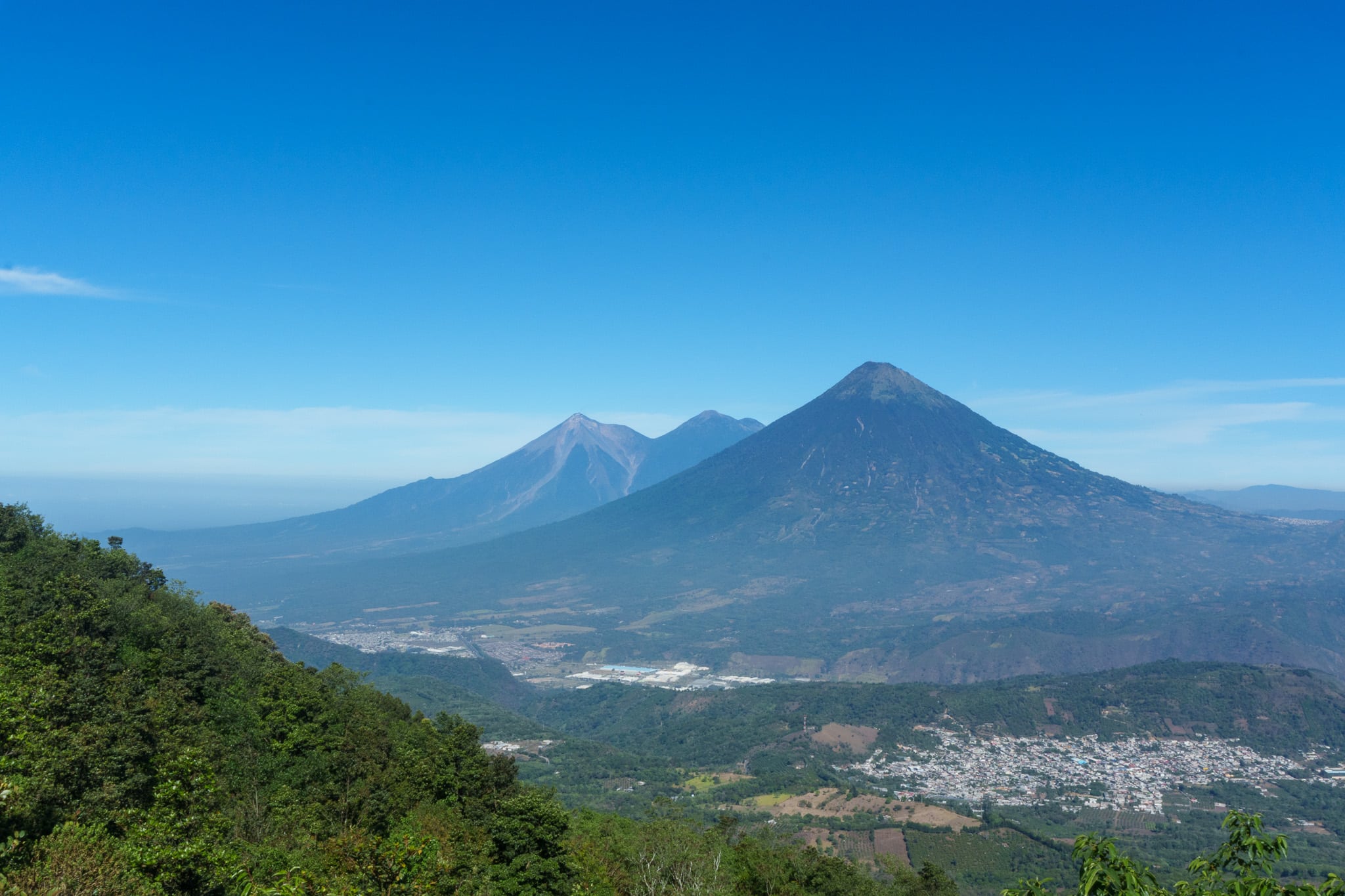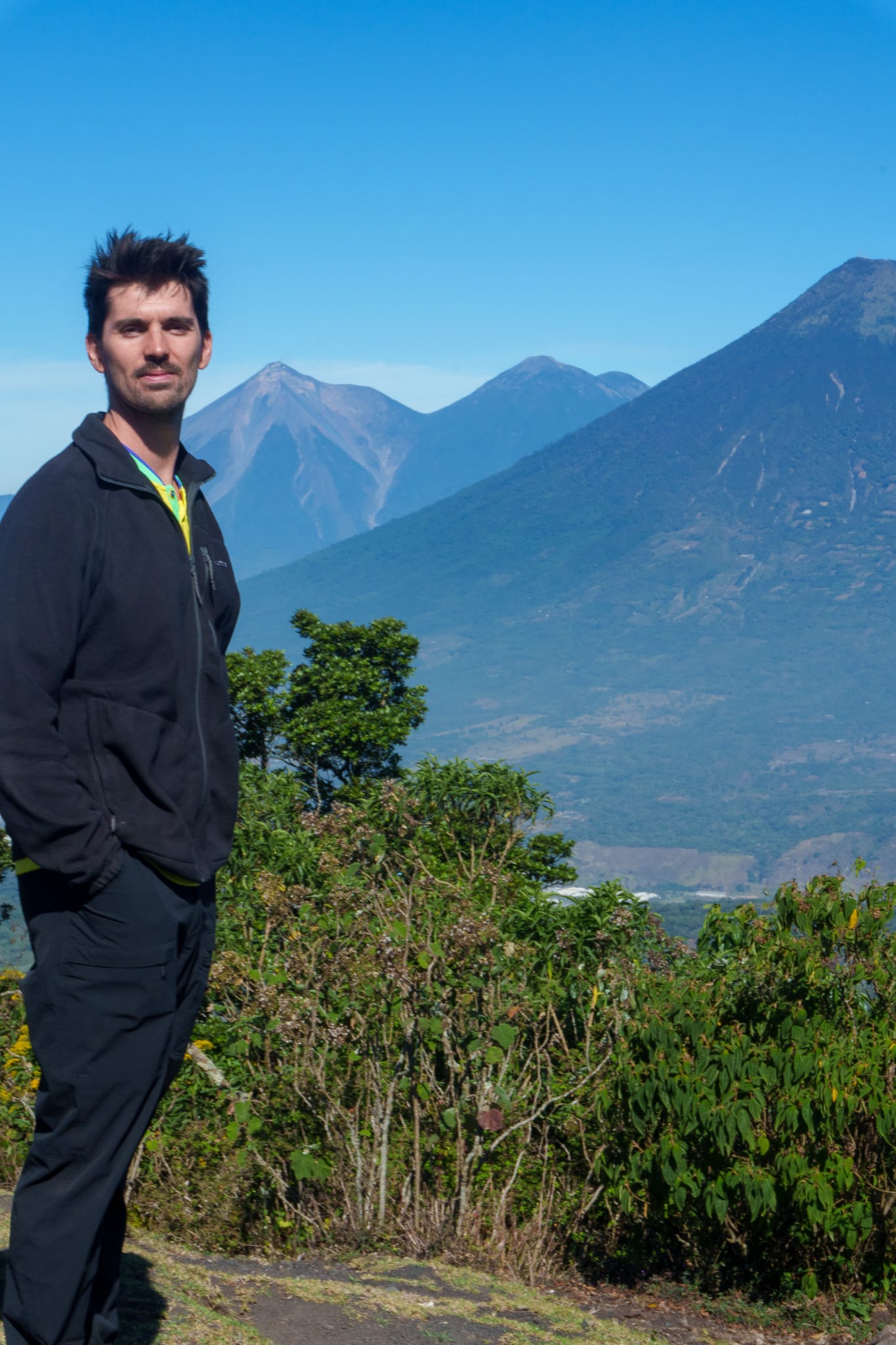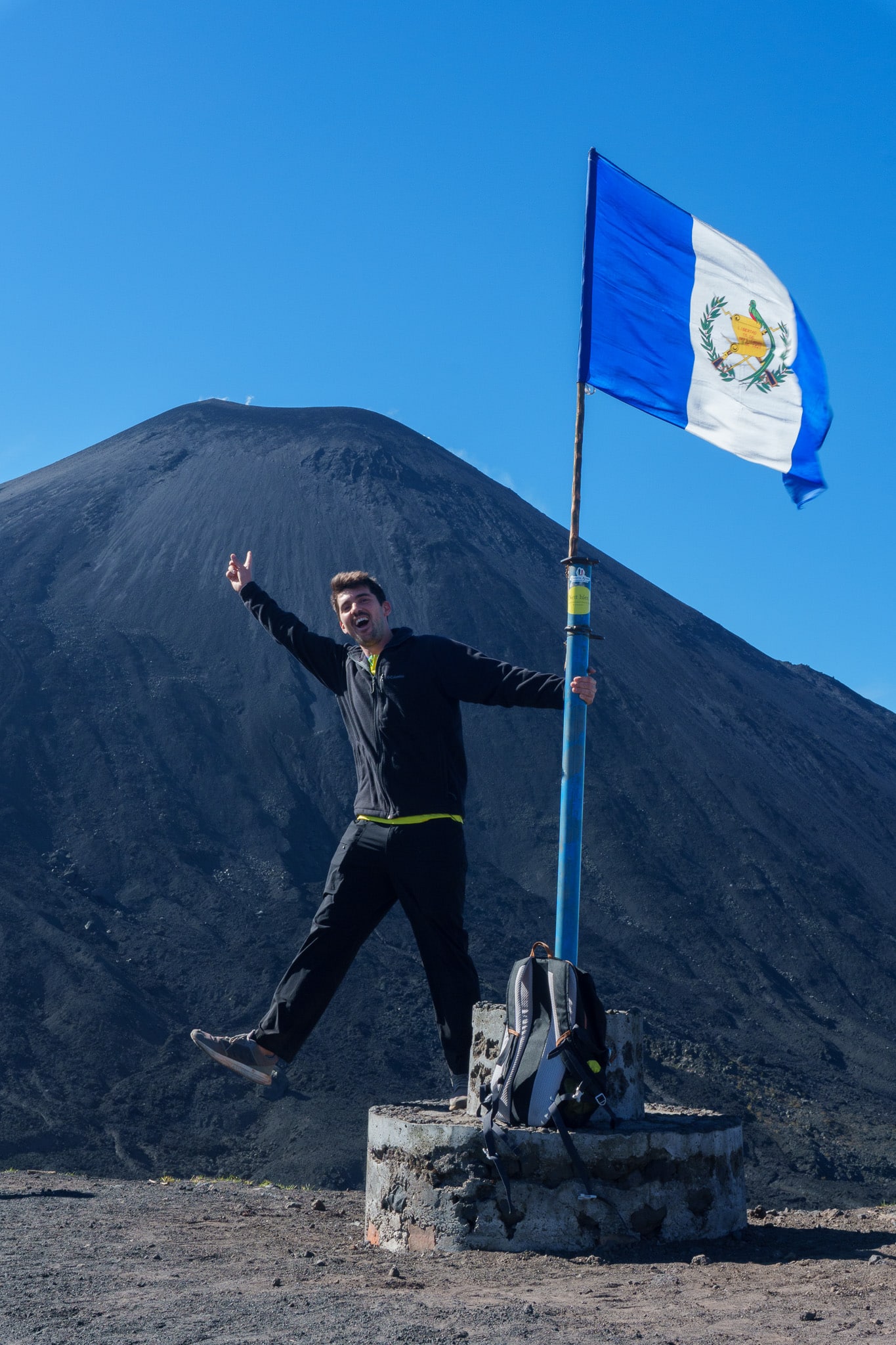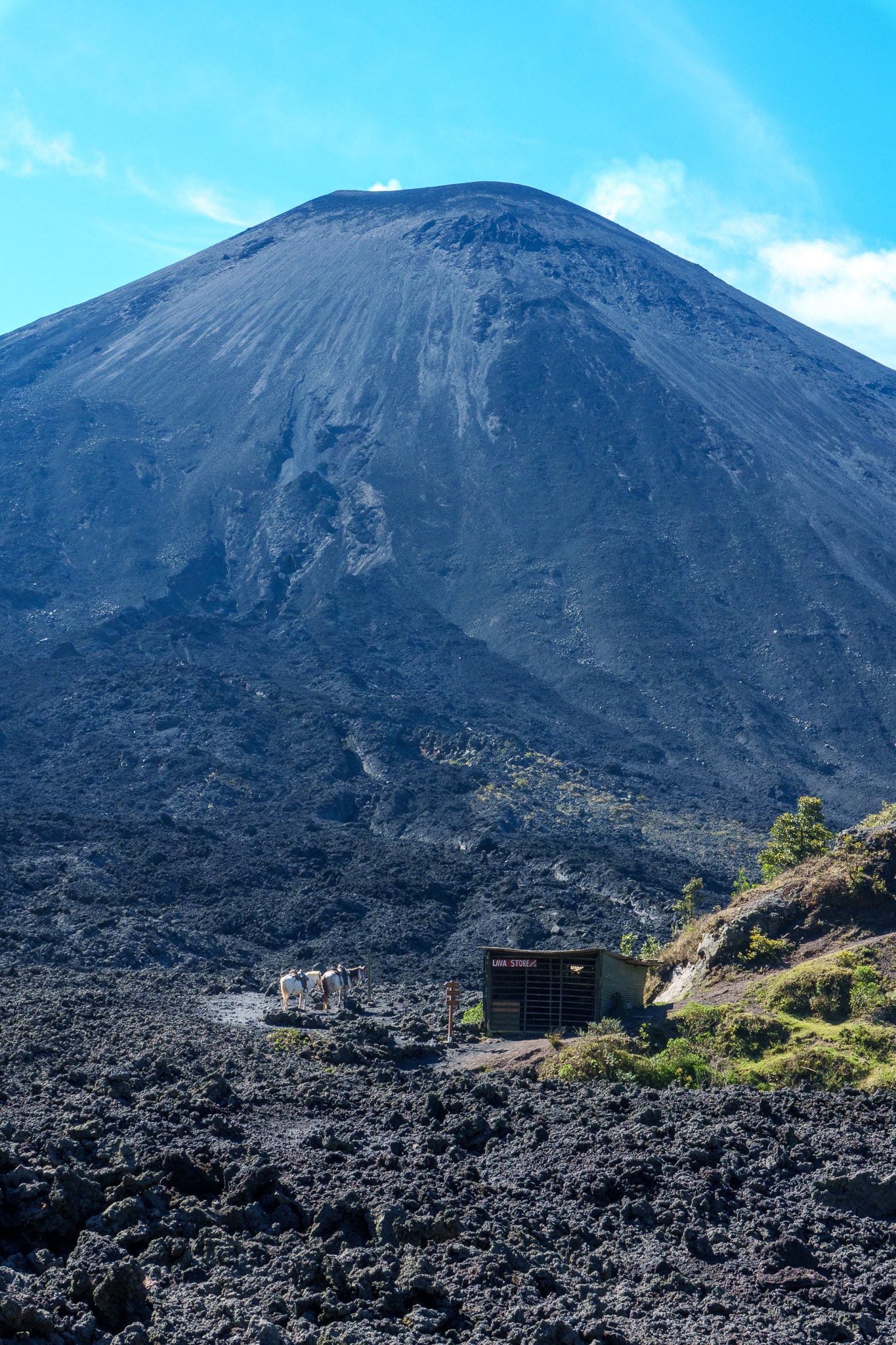If you’re looking for a unique Guatemala volcano experience that’s accessible, fun, and perfect for all levels, the Pacaya volcano hike is your go-to adventure. Just outside Antigua, the Pacaya volcano is one of the most popular volcanoes you can hike in Guatemala. While you won’t summit the crater itself, the classic Pacaya volcano hike brings you right up close to this active giant, letting you walk on ancient lava fields and even roast marshmallows over volcanic vents! Whether you’re training for the tougher Acatenango trek or just want a memorable day trip, here’s everything you need to know about hiking Pacaya volcano.
What Makes Pacaya Volcano Special?
Pacaya volcano isn’t the green peak you see from Antigua (that’s the Agua volcano), nor is it the dramatic Acatenango or Fuego you spot from rooftop bars. Instead, Pacaya is famous for its accessibility and its wild, lunar-like landscapes. The Pacaya volcano hike is an ideal warm-up if you’re planning to tackle the two-day Acatenango volcano trek, but it’s also a fantastic standalone adventure for any traveler in Antigua.
Getting to Pacaya Volcano from Antigua
The Pacaya volcano hike starts early-really early! Most tours pick you up in Antigua at 6 am. After a one-hour drive through the Guatemalan countryside, you’ll arrive at the Pacaya National Park entrance around 7 am, ready to start your volcano adventure. Early morning is the best time to hike Pacaya volcano: the air is cool, the trail isn’t crowded yet, and if you’re lucky, you’ll have clear skies and epic views.
Starting the Pacaya Volcano Hike
Forest Trails and Steep Climbs
The first section of the Pacaya volcano hike winds through shady forest trails. Even though you start early, the path is pretty steep, so expect to break a sweat within minutes! Luckily, the cool mountain air helps you recover quickly during breaks. This part of the Pacaya hike is manageable for anyone with basic fitness or hiking experience. And if the climb gets too tough, you can always rent a horse (same price whether you start at the bottom or halfway up).
The Viewpoint – Pacaya Up Close
After about 30–45 minutes, you’ll leave the forest and reach a wide, flat viewpoint. Here, the Pacaya volcano stands tall and dramatic, surrounded by fields of black lava rock. It’s a powerful, almost otherworldly landscape. Turn around and you’ll spot the three sister volcanoes-Agua, Acatenango, and Fuego-lined up to the west, and Guatemala City in the far distance. On a clear, sunny morning, the views from the Pacaya volcano hike are absolutely unforgettable.
Descending to the Lava Fields
Walking on Lava Rivers
From the viewpoint, most Pacaya volcano hikes descend to the famous lava fields. You’ll walk right on top of old lava rivers-these rocks are surprisingly light and full of air pockets. While the surface is cool, Pacaya is still an active volcano, and you’ll find steaming vents where the ground is hot enough to roast marshmallows (a classic Pacaya volcano hike tradition!). If it rained recently, the vents might not be as hot, but it’s still wild to think there’s molten lava just beneath your feet.
The Final Ascent and the Volcanic Descent
After exploring the lava fields, the Pacaya volcano hike loops back up to another ridge. Climbing on loose volcanic gravel is tough-it’s almost like hiking up a giant sand dune, and the altitude makes it even more challenging. At the top, you’ll get one last panoramic view of Pacaya and the surrounding volcanoes before the descent.The way down is a highlight for many! The trail is steep and covered in thick layers of volcanic ash and rock, so you can “run” or slide down just like on a sand dune. It’s fun, a little wild, and makes for great stories (and photos).
Wrapping Up Your Pacaya Volcano Hike
The last part of the Pacaya volcano hike is a gentle walk back through the forest to the park entrance. Overall, this is a moderate trek that’s suitable for most travelers, and it’s a perfect introduction to Guatemala’s volcanoes.
Final Thoughts and Tips
- Don’t expect to summit Pacaya-the classic hike doesn’t go all the way to the crater, but the experience is still incredible.
- The Pacaya volcano hike is a great way to train for Acatenango (check out my Acatenango trek article for more!).
- Aim for a sunny day for the best views-clouds can roll in quickly and change the whole vibe.
- Bring sturdy shoes, water, snacks, and a camera (plus marshmallows if you want the full experience).
- If you want a more challenging adventure, ask about multi-day Pacaya volcano hikes that go closer to the summit.













